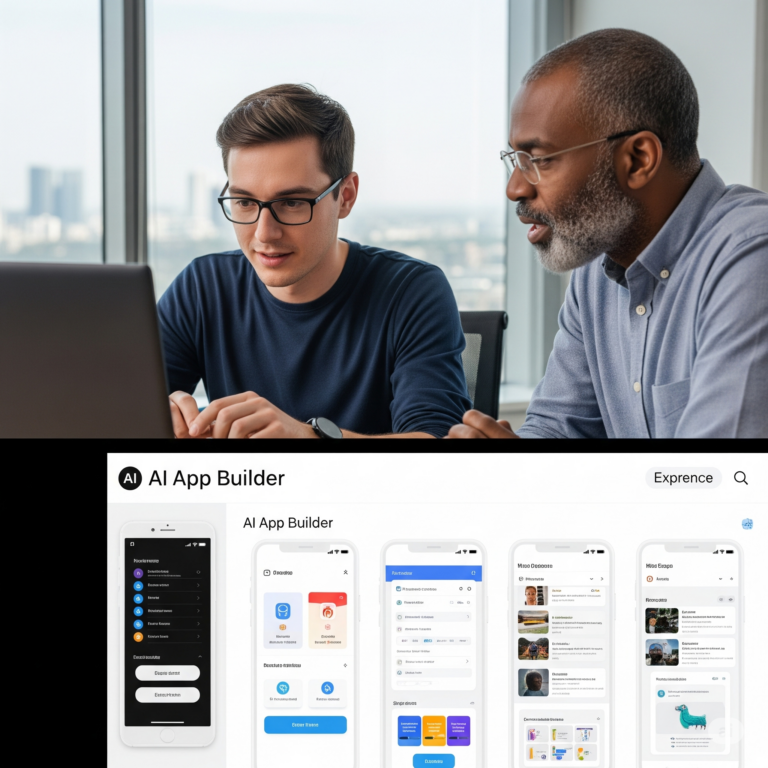- 🚀 Introduction: AI App Builders Are Changing Software Development
- ⚙️ How They Work — and What They Can Do Today
- 📉 The Impact on Developers and the Tech Job Market
- 🌍 Who’s Using AI App Builders in 2025?
- ⚠️ The Drawbacks and Dangers of Relying Too Heavily
- 🔮 What the Future Holds for AI-Powered Development
- ✅ Conclusion: AI App Builders Are Here — But Developers Still Matter
🚀 Introduction: AI App Builders Are Changing Software Development
In 2025, AI app builders are no longer just early-stage experiments. These tools can now generate complete, working applications in a matter of minutes — from layout and interface to backend functionality. This rapid evolution is reshaping how startups, small businesses, and even large enterprises approach software development. But what does this mean for human developers?
⚙️ How They Work — and What They Can Do Today
🧠 From Prompt to Prototype
Modern app generators allow users to describe what they want using plain English. For example, a prompt like “Build a mobile app for booking local fitness classes with payment integration” can result in a working prototype in minutes — complete with UI, database structure, and payment features.
⚙️ What’s Under the Hood
These tools are powered by large language models, similar to ChatGPT and Google Gemini, combined with cloud-based automation and drag-and-drop UI frameworks. Builder.ai, Appy Pie, and OpenAI-powered plugins are some of the platforms leading this trend.
They don’t just write code — they design interfaces, connect APIs, generate user flows, and deploy working demos to cloud environments.
📉 The Impact on Developers and the Tech Job Market
🧑💻 Changing Roles, Not Replacing Talent
Many feared these platforms would replace software engineers. But in reality, they’re shifting how developers work — emphasizing code review, architecture design, and AI prompt engineering rather than writing boilerplate code from scratch.
💼 Productivity Gains for Teams
Development teams now use these tools to quickly build MVPs, test business ideas, or build internal tools — cutting timelines from months to days. It allows more room for iteration, creativity, and customer feedback.
🌍 Who’s Using AI App Builders in 2025?
🏢 Startups and Entrepreneurs
Small businesses with no in-house tech teams are turning to these tools to launch new services. Entrepreneurs can build landing pages, booking systems, and e-commerce apps without hiring a single developer.
🧑🎓 Students and Creatives
These platforms are making app creation accessible to students, artists, marketers, and educators, letting them bring their ideas to life — no coding skills required.
⚠️ The Drawbacks and Dangers of Relying Too Heavily
🐞 Bugs, Bloat, and Bad UX
Auto-generated apps often lack optimization. They can have inefficient code, security gaps, or poor user experience — which still requires skilled developers to fix.
🛑 Legal and Compliance Risks
Industries with strict privacy or compliance rules, like finance or healthcare, can’t rely solely on these tools. Manual review and validation remain essential to avoid legal issues.
🔮 What the Future Holds for AI-Powered Development
The next wave of innovation may come from hybrid workflows, where human developers and AI tools collaborate more closely. Developers will increasingly act as strategic thinkers, defining requirements, ensuring ethical standards, and fine-tuning AI-generated code for scale and safety.
At the same time, companies may hire more no-code operators and AI specialists, blurring the lines between developer, designer, and data analyst.
✅ Conclusion: AI App Builders Are Here — But Developers Still Matter
The rise of AI app builders is accelerating how apps are built, tested, and launched. While these tools reduce barriers and democratize software creation, they haven’t replaced developers — they’ve expanded what’s possible. The future of software won’t be written by machines alone, but by humans who know how to guide, shape, and collaborate with them.


